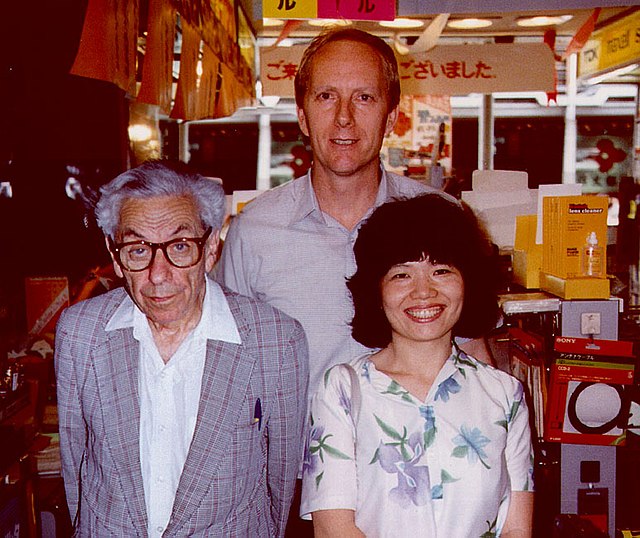The Man Who Loved Only Numbers
The Man Who Loved Only Numbers is a biography of the famous mathematician Paul Erdős written by Paul Hoffman. The book was first published on July 15, 1998, by Hyperion Books as a hardcover edition. A paperback edition appeared in 1999. The book is, in the words of the author, "a work in oral history based on the recollections of Erdős, his collaborators and their spouses". The book was a bestseller in the United Kingdom and has been published in 15 different languages. The book won the 1999 Rhône-Poulenc Prize, beating many distinguished and established writers, including E. O. Wilson.
Front cover
The Man Who Loved Only Numbers describes how Paul Erdős visited Jon Folkman after Folkman awoke from surgery for brain cancer. To restore Folkman's confidence, Erdős immediately challenged him to solve mathematical problems.
Paul Erdős was a Hungarian mathematician. He was one of the most prolific mathematicians and producers of mathematical conjectures of the 20th century. Erdős pursued and proposed problems in discrete mathematics, graph theory, number theory, mathematical analysis, approximation theory, set theory, and probability theory. Much of his work centered around discrete mathematics, cracking many previously unsolved problems in the field. He championed and contributed to Ramsey theory, which studies the conditions in which order necessarily appears. Overall, his work leaned towards solving previously open problems, rather than developing or exploring new areas of mathematics.
Paul Erdős in 1992
Counter-clockwise from left: Erdős, Fan Chung, and her husband Ronald Graham, Japan 1986
Erdős influenced many young mathematicians. In this 1985 photo taken at the University of Adelaide, Erdős explains a problem to Terence Tao—who was 10 years old at the time. Tao received the Fields Medal in 2006, and was elected a Fellow of the Royal Society in 2007.
Grave of Erdős, Kozma Street Cemetery, Budapest






